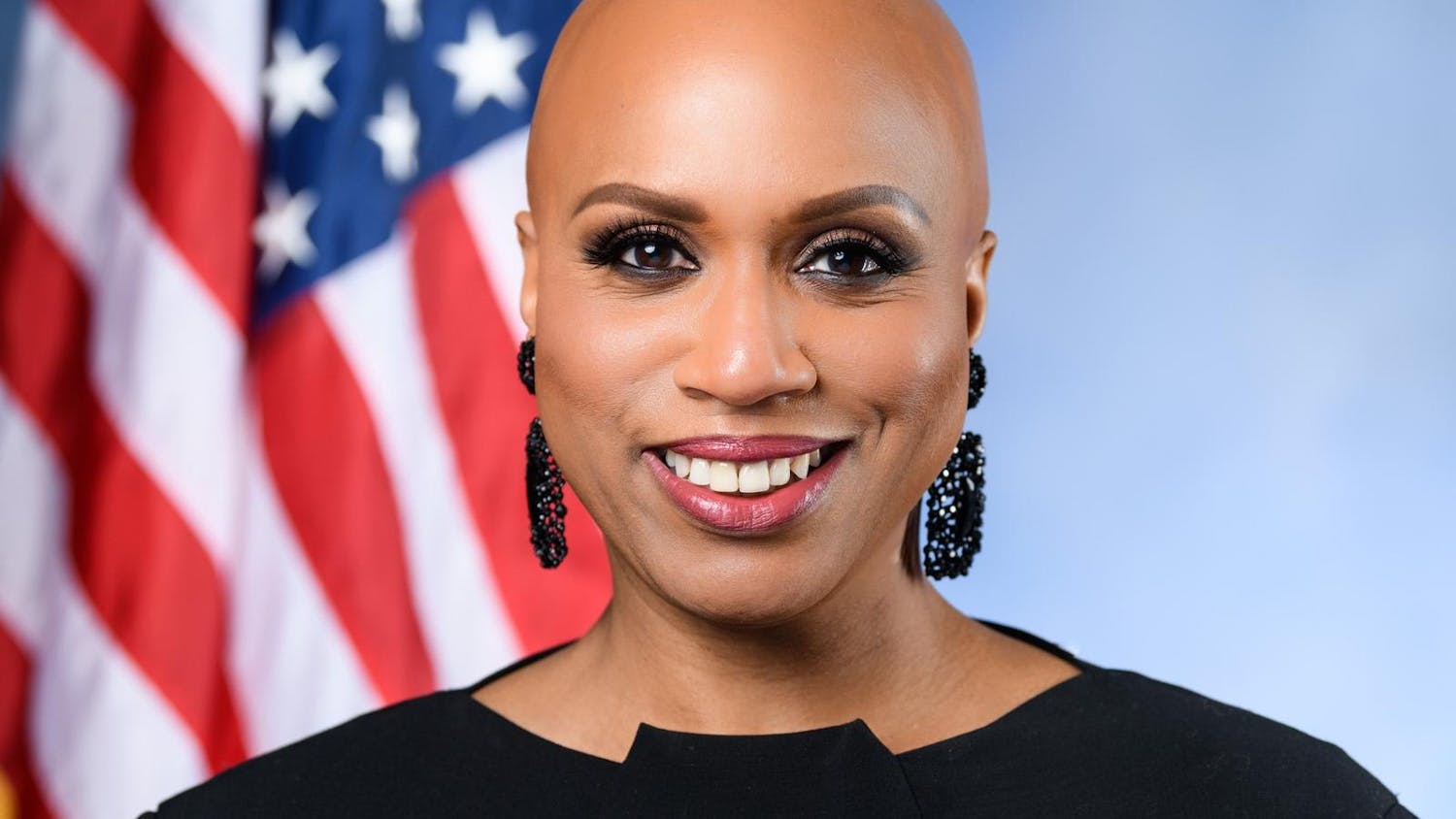Graduate students suggested increasing involvement in the design and teaching of online undergraduate courses and observing and applying effective program techniques from the undergraduate level to graduate disciplines, during an open forum hosted by the Committee on Doctoral Education.
The forum was held Tuesday evening and attended by a small crowd of doctoral students, professors and committee members. The Committee on Doctoral Education is one of six strategic planning committees expected to influence President Christina Paxson as she formulates plans for the University during her tenure.
The discussion’s focus on possible graduate involvement in constructing and implementing online courses was sparked by the University’s announcement last semester to create three pilot online not-for-credit courses open to the public through Coursera. The Committee on Educational Innovation, another strategic planning group advising President Paxson, submitted an interim report in January that recommended developing 250 online or partially online courses, including summer for-credit classes and combined online lecture format courses during the semester, The Herald previously reported.
A cognitive, linguistic and psychological sciences PhD candidate in the audience encouraged the use of online courses, citing the potential for more hands-on engagement in the classroom while lecture material could be taught through online learning. He added that it was a “huge opportunity for graduates to develop these courses.”
Peter Weber, committee chair and dean of the graduate school, said three graduate students are already involved in designing the online courses, but that the suggestion of increased graduate student involvement would be taken into account. Weber moderated the forum, along with Bernard Reginster, committee co-chair and professor of philosophy.
Though Weber and Reginster led discussion with general questions from a slideshow presentation, graduate students in the audience largely dominated the dialogue. Topics included how to measure postdocs’ success after graduation, quantitative metrics of graduate programs and if students were receiving adequate support academically and in their research pursuits.
A bulk of the discussion also centered on how to differentiate Brown’s doctoral programs from those of other universities. Weber said the committee is examining data from peer institutions, which he said are “mostly in the Ivy League,” and comparing the University’s graduate programs to them.
Many audience members supported a suggestion to, as one student put it, “look to what the undergraduates are doing right and take from that to use in the grad school.” Examples included the Swearer Center for Public Service and the Sheridan Center for Teaching and Learning. Particular emphasis was placed on the Sheridan Center, which many said they saw as a tool that could enhance graduate students' experience.
Sam Franklin GS, a third year Ph.D. candidate in American Studies, recommended close integration between undergraduates and graduates, giving Ph.D. students deeper teaching experience. He said this close relationship could be something that sets the University graduate program apart from comparable institutions.
“There is a thought that the grad program should foster a spirit of free inquiry, which I know distinguishes Brown at the undergraduate level,” Weber told The Herald after the forum. “This is an important point.”
Many students expressed worry over the five-year guarantee of research funding, when in reality, research needed to achieve a doctorate degree could take longer.
“The pressure we are all feeling at the moment is the five-year funding problem,” said Brooke Lamperd GS, a third year Ph.D. candidate in history. “People don’t tend to do our programs unless it’s seven or eight years, and we keep coming up against this.”
Franklin said he felt the success of graduate programs is difficult to quantitatively evauate. He added that each topic vein during the forum seemed to boomerang back to concerns over funding.
“None of this means anything, though, unless there is an actual investment in graduate studies,” Franklin said.
Weber told The Herald the committee has met five times in the spring so far and plans to continue weekly meetings. Suggestions made at the forum were recorded and will be discussed at these meetings. He added that the committee would submit recommendations to Paxson in early April.
A previous version of this article reported that a student viewed the Sheridan Center for Teaching and Learning as a tool for undergraduates that had potential to provide marketable experience for graduate students. The Sheridan Center was in fact established for graduate students to hone their teaching and professional skills, in addition to improving undergraduate teaching.
ADVERTISEMENT




